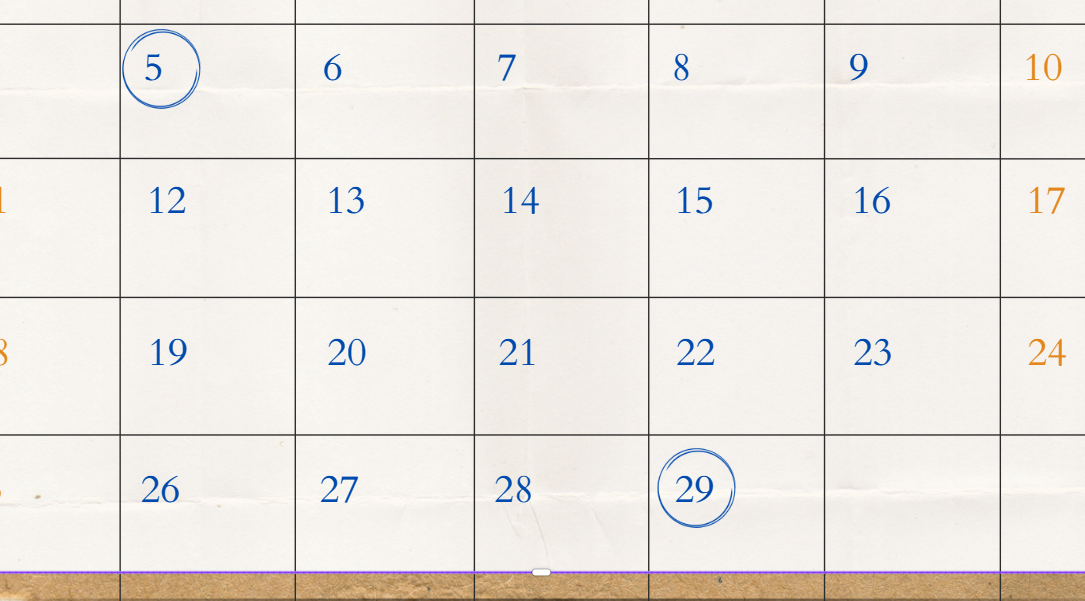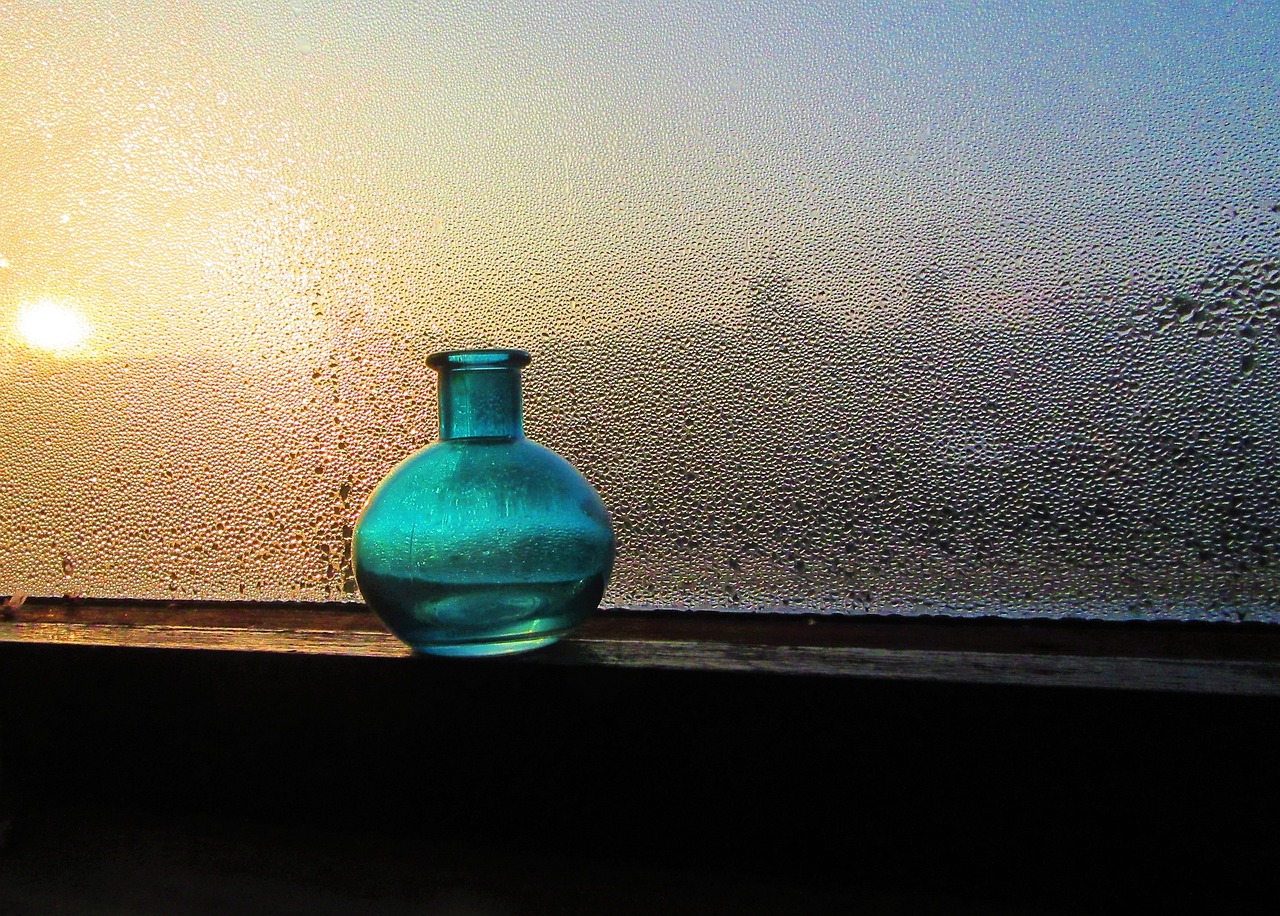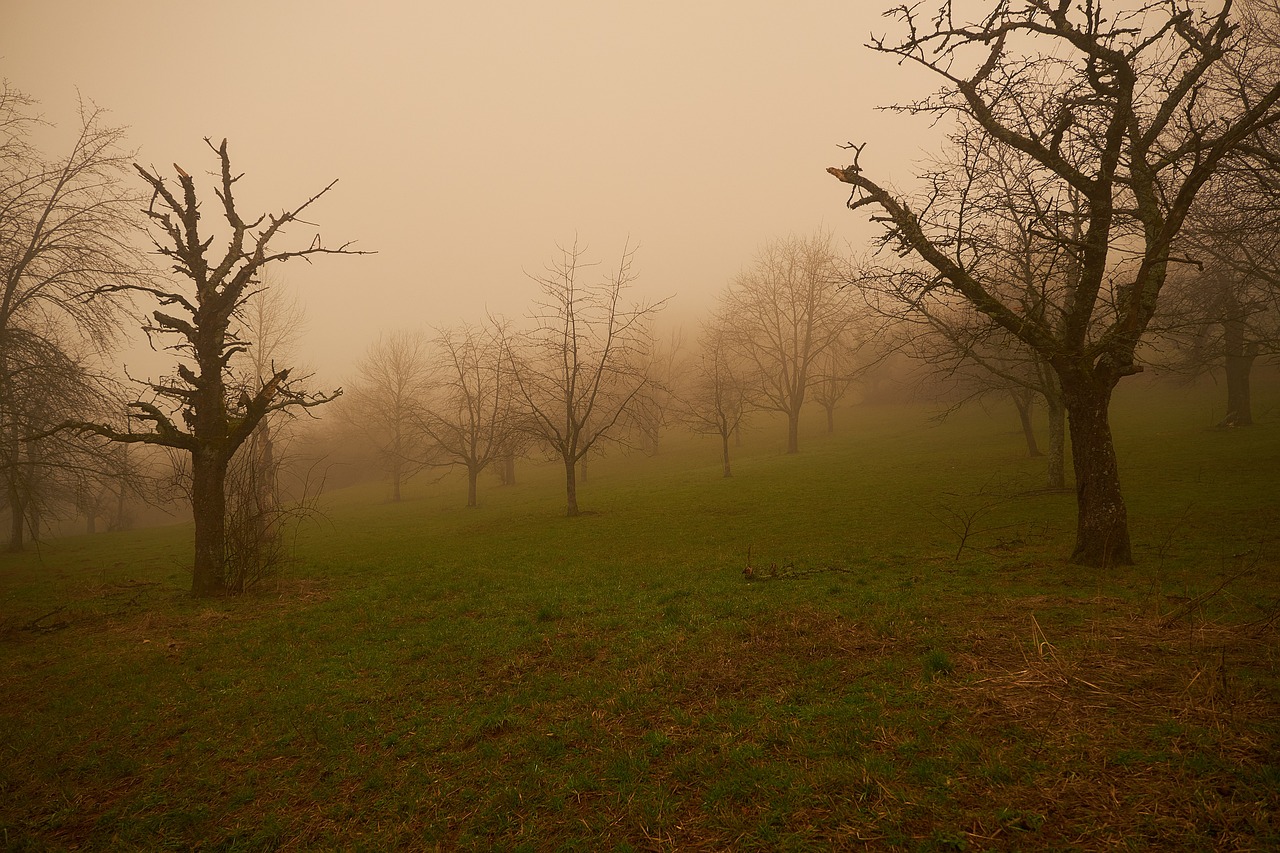Every four years, February is extended by one day. Why there are leap years—and why employers can’t look forward to 2024 of all years. Why are there leap years?Every four years, the year is extended by one day, so February has 29 days instead of 28. There is a simple reason for the extension of the month: our earth needs exactly 365 days, 5 hours, 48 minutes, and 46 seconds to orbit the sun. This means that a solar year is almost a quarter of a day longer than a…
Read MoreDay: February 29, 2024
Watch out! Here comes the blackfly
The bite of the blackfly is not only painful but can also endanger the health of humans and animals. A study on the blackfly was recently published in the journal “Science of the Total Environment” by scientists from Goethe University and the Senckenberg Research Center for Biodiversity and Climate in Frankfurt. These two-winged insects look like our houseflies but are not nearly as harmless.Global warming is also boosting the population of these insects, which are no more than six millimetres in size, and researchers are warning against their bites. As…
Read MoreMorning condensation on the window? Here’s why and how to combat it
What is condensation?Condensation is the opposite of evaporation; it is the phase transition from vapor to liquid. So, the drops on the inside of your windows were initially in the air as water vapor. The cause is a high level of humidity in the interior. The culprit is often poor ventilation or another moisture problem. Where does condensation occur?Condensation forms on the coldest surfaces in your home. As windows are often the weakest link in terms of insulation, they are the logical victim. But what if the condensation is on…
Read MoreWatch out! Saharan dust is now reaching Ventral Europe
Saharan dust influences weather patternsA meteorological phenomenon is imminent: Saharan dust will influence the atmosphere over Central Europe in the coming days. From Wednesday, lows over the central Mediterranean region will channel mineral-rich dust into the higher air layers over Austria. In this article, we shed light on the effects of Saharan dust and how you may be able to recognize it directly or indirectly.Low pressure over the central Mediterranean leads the way: on the eastern flank of these lows, Saharan dust from North Africa first reaches Italy and then…
Read More


